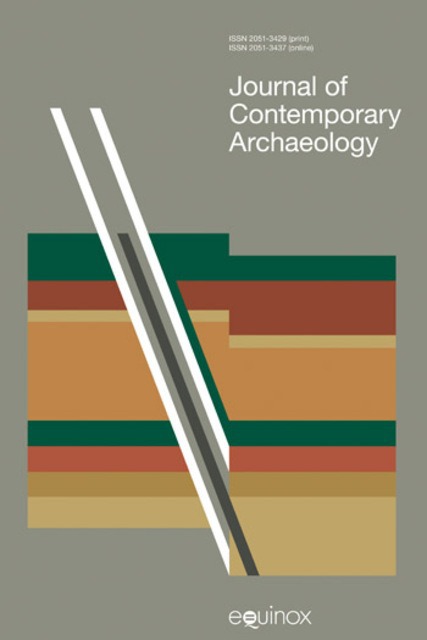JCA/Moscow-Paris-Baillet-Moscow: The Sculptures of the USSR Pavilion at the International Exhibition of 1937

Full description
An archaeological evaluation undertaken in 2004 in Baillet-en-France, north of Paris, unearthed remains of the sculptured frieze which adorned the Soviet pavilion at the 1937 International Exhibition. This discovery led us to track the astonishing trajectory of this emblematic monument, example of socialist realism and symbol of the USSR. Upon the dismantlement of the 1937 exhibition, the Soviet monument’s propylaeum, composed by artist Josef Chaikov of sculpted reliefs and statues representing the peoples of the USSR, was given to the metallurgist CGT worker’s union, who brought it to its newly opened leisure park at Baillet-en-France. With the abrupt political changes that followed, the monument was smashed to pieces in 1941, rediscovered after the liberation in 1944, and then buried in the ice ditch where it laid forgotten until 2004. The study of these unexpected remains with their iconic and iconoclastic destinies enables us to better understand the different aspects of their creation (origins, techniques, iconography) – at the same time, a new career awaits these Stalinian relicts, as a museum exhibit but also as a model, monumentally reconstructed in Moscow in 2010.
- typeImage
- created on
- file formatjpg
- file size29 KB
- container titleJournal of Contemporary Archaeology
- creatorFrançois Gentili
- issn2051-3437 (Online)
- issue3.1
- publisherEquinox Publishing Ltd.
- publisher placeSheffield, United Kingdom
- rights holderEquinox Publishing Ltd.
- doi
We use cookies to analyze our traffic. Please decide if you are willing to accept cookies from our website. You can change this setting anytime in Privacy Settings.
